Слайд 4Raman shift
The Raman shift is associated with two different energy bands

Слайд 6instrumentation
The typical Raman spectrophotometer setup is shown.

Слайд 8The different spectrum lines shows the difference between healthy and tumor cells

Слайд 12Margin analysis during breast cancer lumpectomy

Слайд 17In conclusion,
This technique probes molecular vibrations/rotations associated with chemical bonds in
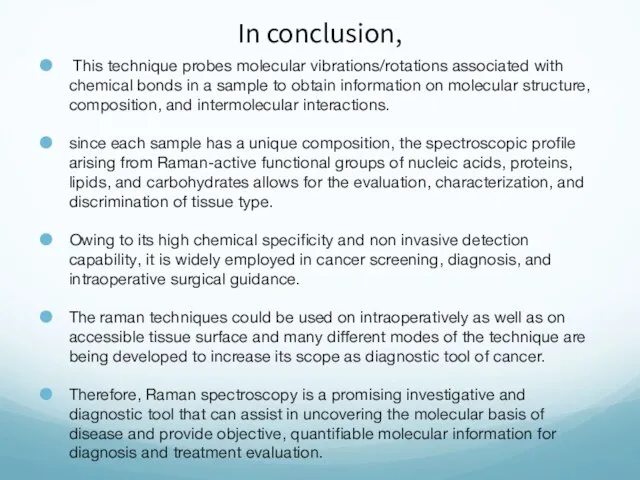
a sample to obtain information on molecular structure, composition, and intermolecular interactions.
since each sample has a unique composition, the spectroscopic profile arising from Raman-active functional groups of nucleic acids, proteins, lipids, and carbohydrates allows for the evaluation, characterization, and discrimination of tissue type.
Owing to its high chemical specificity and non invasive detection capability, it is widely employed in cancer screening, diagnosis, and intraoperative surgical guidance.
The raman techniques could be used on intraoperatively as well as on accessible tissue surface and many different modes of the technique are being developed to increase its scope as diagnostic tool of cancer.
Therefore, Raman spectroscopy is a promising investigative and diagnostic tool that can assist in uncovering the molecular basis of disease and provide objective, quantifiable molecular information for diagnosis and treatment evaluation.
Слайд 18references
Slide 1-9 -https://www.ncbi.nlm.nih.gov/pmc/articles/PMC6066646/
https://chem.libretexts.org/Bookshelves/Analytical_Chemistry/Book%3A_Molecular_and_Atomic_Spectroscopy_(Wenzel)/5%3A_Raman_Spectroscopy
https://www.jasco-global.com/principle/principles-of-raman-spectroscopy-4-history-of-raman-spectroscopy/
Slide 10,11 - https://www.mdpi.com/2077-0383/8/9/1313/htm
Slide12,13,14 - https://www.nature.com/articles/s41598-019-51112-0
Additional-https://www.tandfonline.com/doi/full/10.1080/14737159.2020.1724092
https://pubmed.ncbi.nlm.nih.gov/30569241/
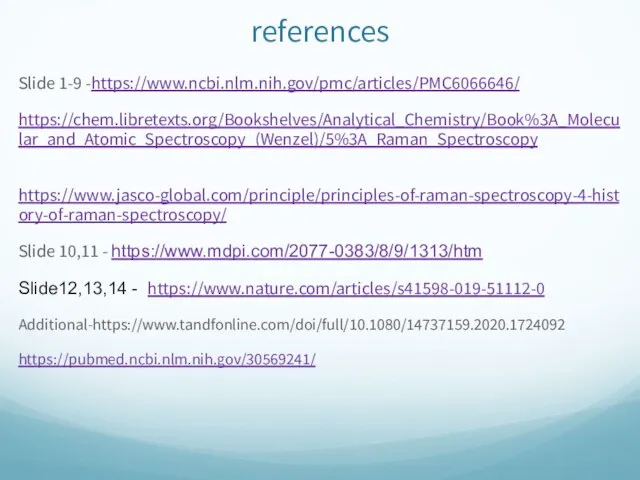











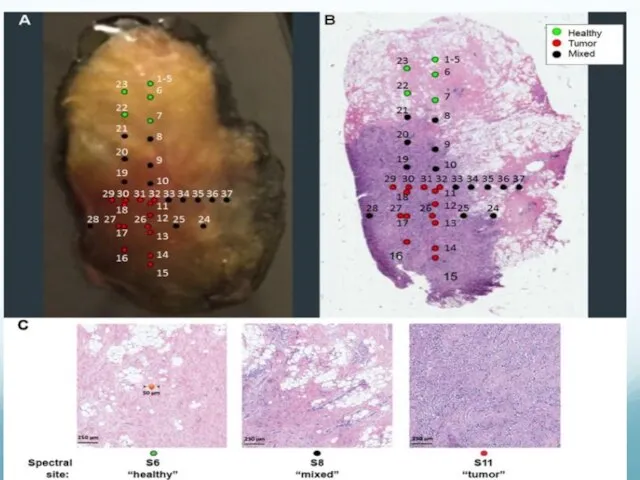
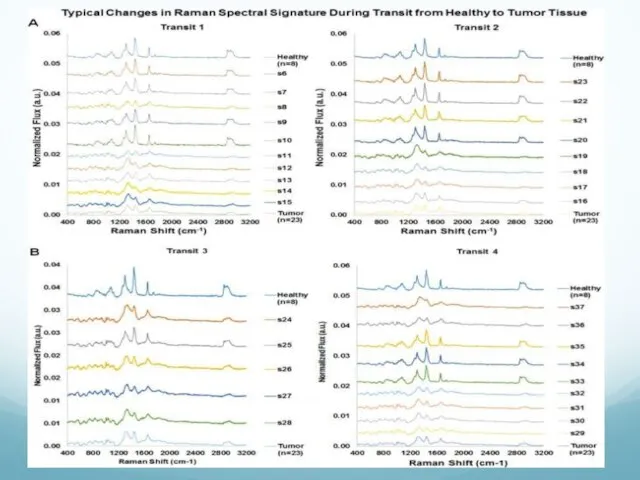
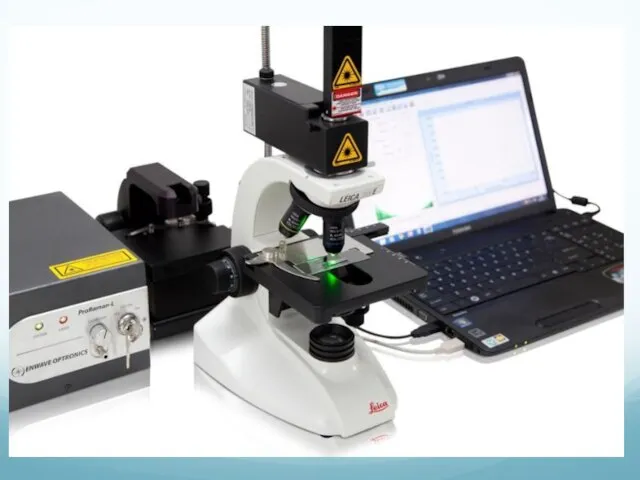
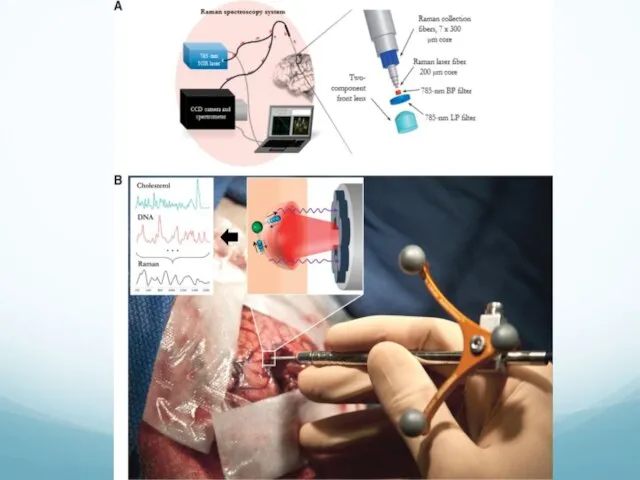


 Профилактика ВИЧ-инфекции среди молодёжи
Профилактика ВИЧ-инфекции среди молодёжи Гигиена сердечнососудистой системы
Гигиена сердечнососудистой системы Дифиллоботриоз. Геминолепидоз
Дифиллоботриоз. Геминолепидоз Гломерулонефриты у детей и подростков
Гломерулонефриты у детей и подростков Нарушение осанки и плоскостопие
Нарушение осанки и плоскостопие Направления развития современной анестезиологии
Направления развития современной анестезиологии Антибиотики в продуктах питания
Антибиотики в продуктах питания Влияние наркотических веществ на здоровье человека
Влияние наркотических веществ на здоровье человека Самомассаж стоп ног и ладоней рук
Самомассаж стоп ног и ладоней рук Гепатит. Найпоширеніші види
Гепатит. Найпоширеніші види Топографическая анатомия височной области головы
Топографическая анатомия височной области головы Анатомо-физиологические особенности системы и синдромы поражения системы крови у детей
Анатомо-физиологические особенности системы и синдромы поражения системы крови у детей Виды местной анестезии
Виды местной анестезии Санитарное просвещение Правила личной гигиены для детей
Санитарное просвещение Правила личной гигиены для детей Дезагреганты. Показания к проведению антиагрегантной терапии
Дезагреганты. Показания к проведению антиагрегантной терапии Презентация
Презентация Демиелинизирующие заболевания при Covid-19
Демиелинизирующие заболевания при Covid-19 Zagadnienia kliniczne w masażu
Zagadnienia kliniczne w masażu Бедренные грыжи
Бедренные грыжи Научная платформа современной реабилитации
Научная платформа современной реабилитации Неврастения. Неврозы
Неврастения. Неврозы Гепатит А
Гепатит А Рациональная антибиотикотерапия. Принципы и правила выбора
Рациональная антибиотикотерапия. Принципы и правила выбора История медицины как наука и предмет преподавания. Формирование народной медицины. Лекция 1
История медицины как наука и предмет преподавания. Формирование народной медицины. Лекция 1 Хронический гепатит
Хронический гепатит Гаметогенез или предзародышевое развитие
Гаметогенез или предзародышевое развитие Галечно-водная дорожка, как средство профилактики плоскостопия
Галечно-водная дорожка, как средство профилактики плоскостопия